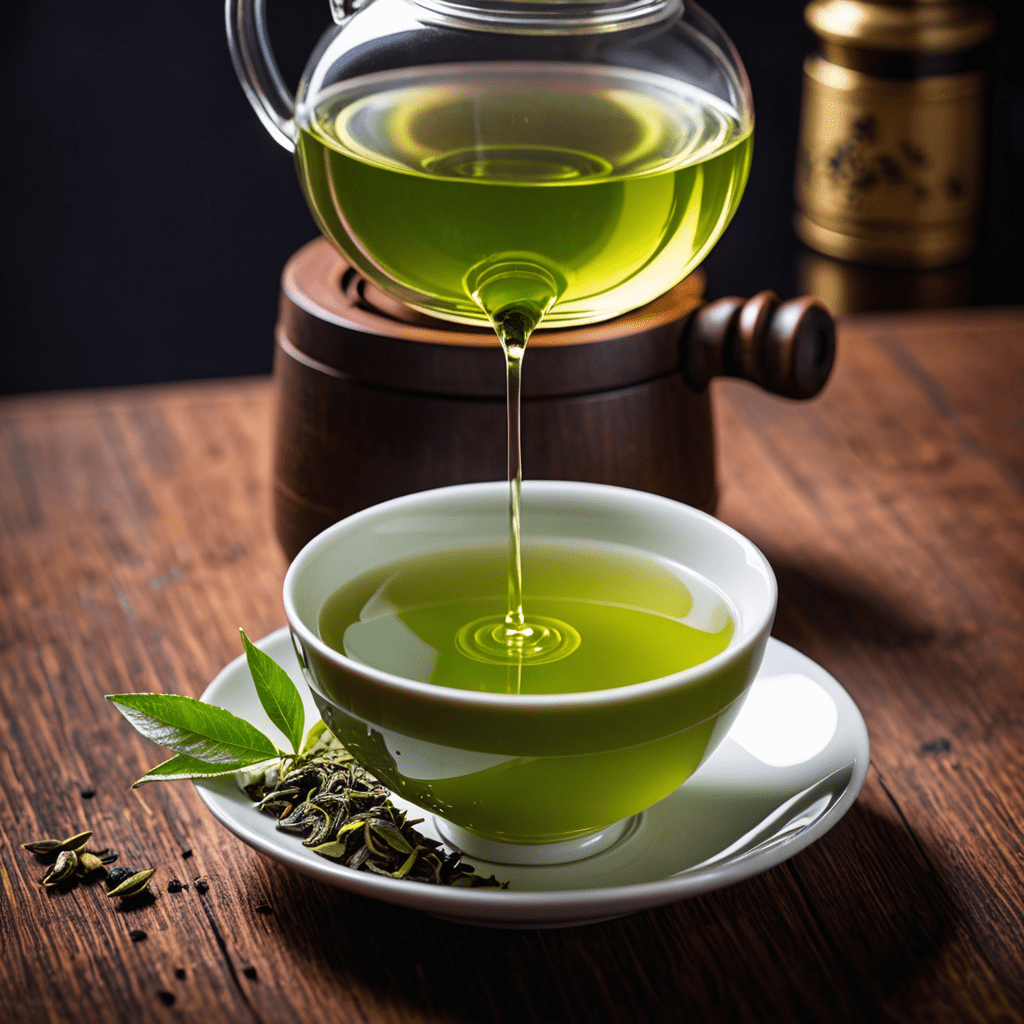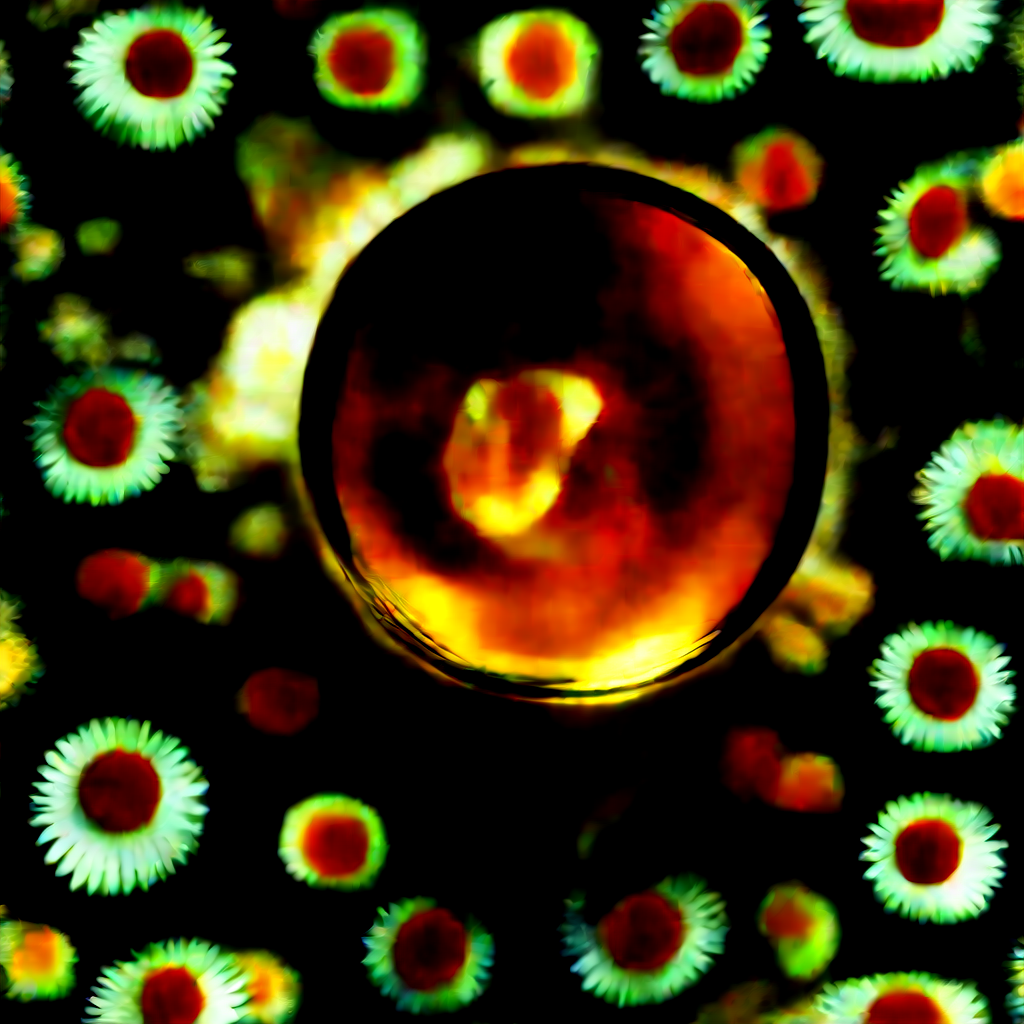
The Art of Crafting a Flawless Cup of Green Tea
Introduction
Welcome to a guide on how to make the perfect cup of green tea. Green tea is a beloved beverage with numerous health benefits and a unique flavor profile. In this article, we will explore the essential steps and techniques to brew green tea flawlessly every time.
1. Choosing the Right Green Tea
The first step to a perfect cup of green tea is selecting a high-quality tea. Different varieties of green tea offer distinct flavors and aromas. Experiment with different types like Sencha, Matcha, or Dragon Well, to find the one that suits your taste preferences.
2. Proper Water Temperature
Green tea is delicate and can become bitter if brewed with boiling water. Aim for a water temperature between 160°F and 180°F (70°C to 82°C). Using a thermometer or an electric kettle with temperature controls can help ensure accuracy.
3. Steeping Time
Timing is crucial when it comes to green tea. Steeping it for too long can result in a bitter taste, while steeping it for too short may yield a weak brew. Generally, steep green tea for 1-3 minutes, but remember to adjust based on the specific tea variety and your preference.
4. Teapot or Teabags?
While both teapots and teabags can be used for brewing green tea, using a teapot allows the tea leaves to unfurl and release their full flavor. If using teabags, opt for pyramid-shaped bags made of quality materials, which provide better infusion.
5. Proper Tea-to-Water Ratio
Finding the right balance between tea leaves and water is essential. Typically, use one teaspoon of loose green tea leaves or one teabag for every 6 ounces (180 milliliters) of water. Feel free to adjust this ratio according to your personal taste preferences.
6. Enhancements and Pairings
While green tea is delightful on its own, you can experiment with enhancements like adding a slice of lemon or a sprig of mint for a refreshing twist. Additionally, green tea pairs well with light and subtly flavored foods, such as sushi or steamed fish.
Frequently Asked Questions (FAQ)
Q1: Can I reuse green tea leaves to make multiple cups?
A1: It is generally best to use fresh leaves for each cup of green tea. Reusing leaves can result in a weaker flavor.
Q2: Can I sweeten green tea with sugar or honey?
A2: While it is common to sweeten tea, adding sugar or honey can overpower the delicate flavors of green tea. It is recommended to enjoy it without any sweeteners, but feel free to experiment and find what suits your tastes.
Q3: How do I store green tea to maintain its freshness?
A3: To preserve the flavor and freshness of green tea, store it in an airtight container away from heat, moisture, and strong odors. Avoid refrigeration, as it can introduce moisture and affect the taste.
Q4: Can I drink green tea if I’m sensitive to caffeine?
A4: While green tea typically contains less caffeine than coffee, those sensitive to caffeine should be mindful of their intake. You can opt for decaffeinated green tea or enjoy it earlier in the day to prevent any disturbances in your sleep patterns.
Q5: Are there any health benefits associated with drinking green tea?
A5: Absolutely! Green tea is rich in antioxidants and has been linked to various health benefits, including improved brain function and a reduced risk of certain diseases. However, it’s important to remember that individual results may vary.


